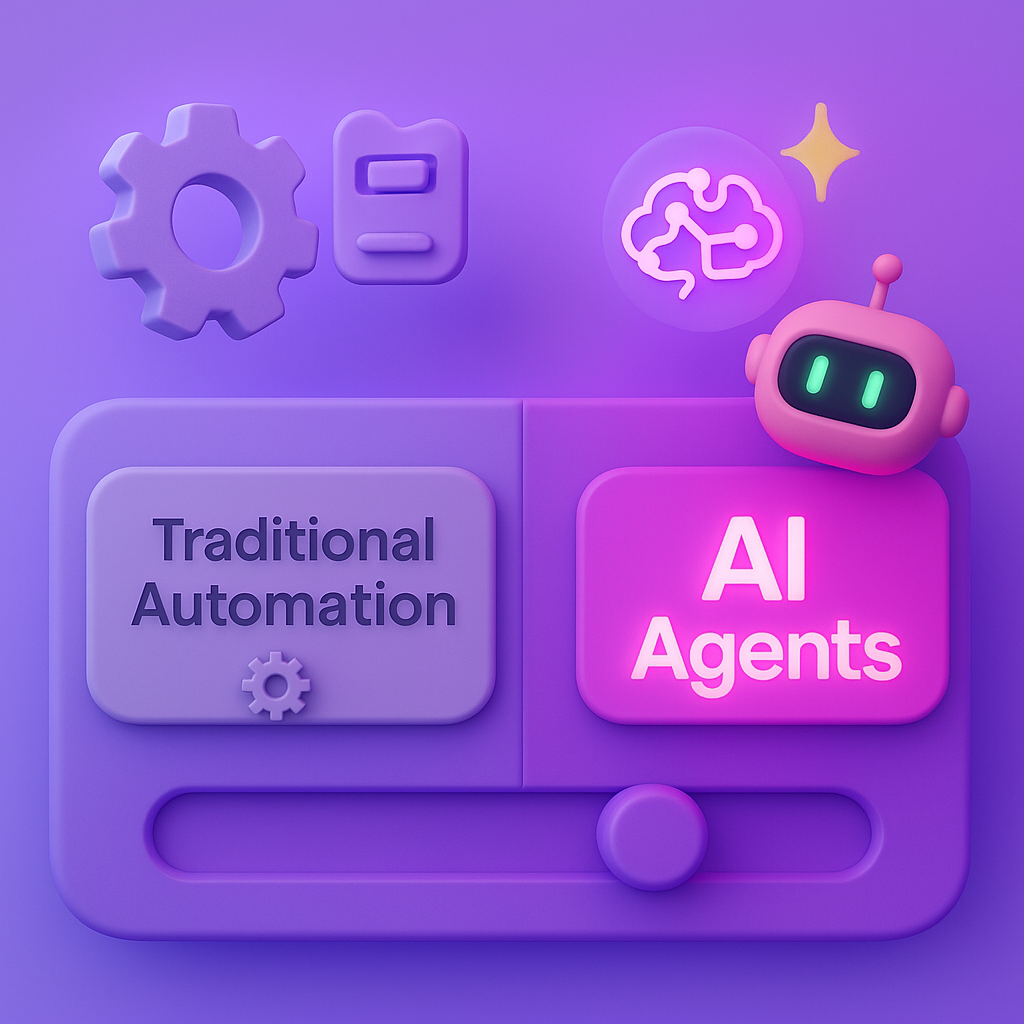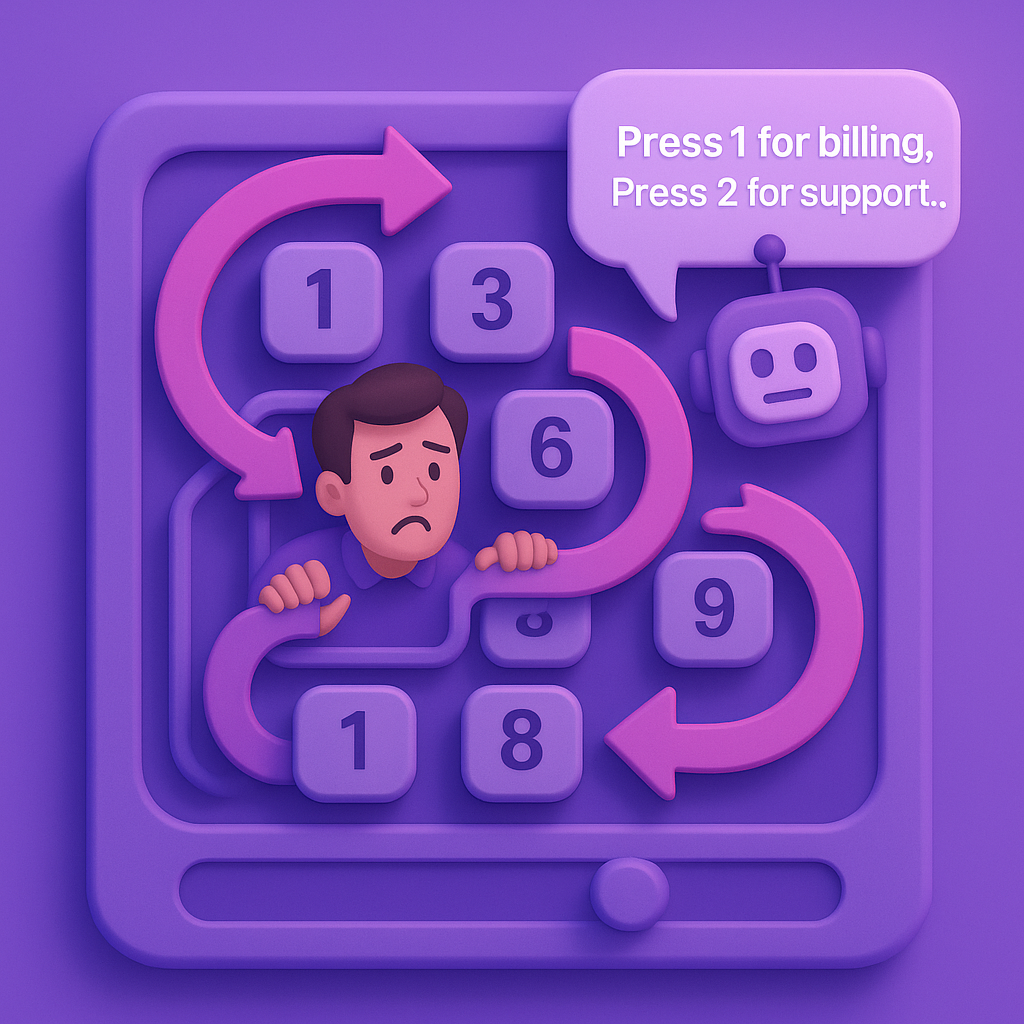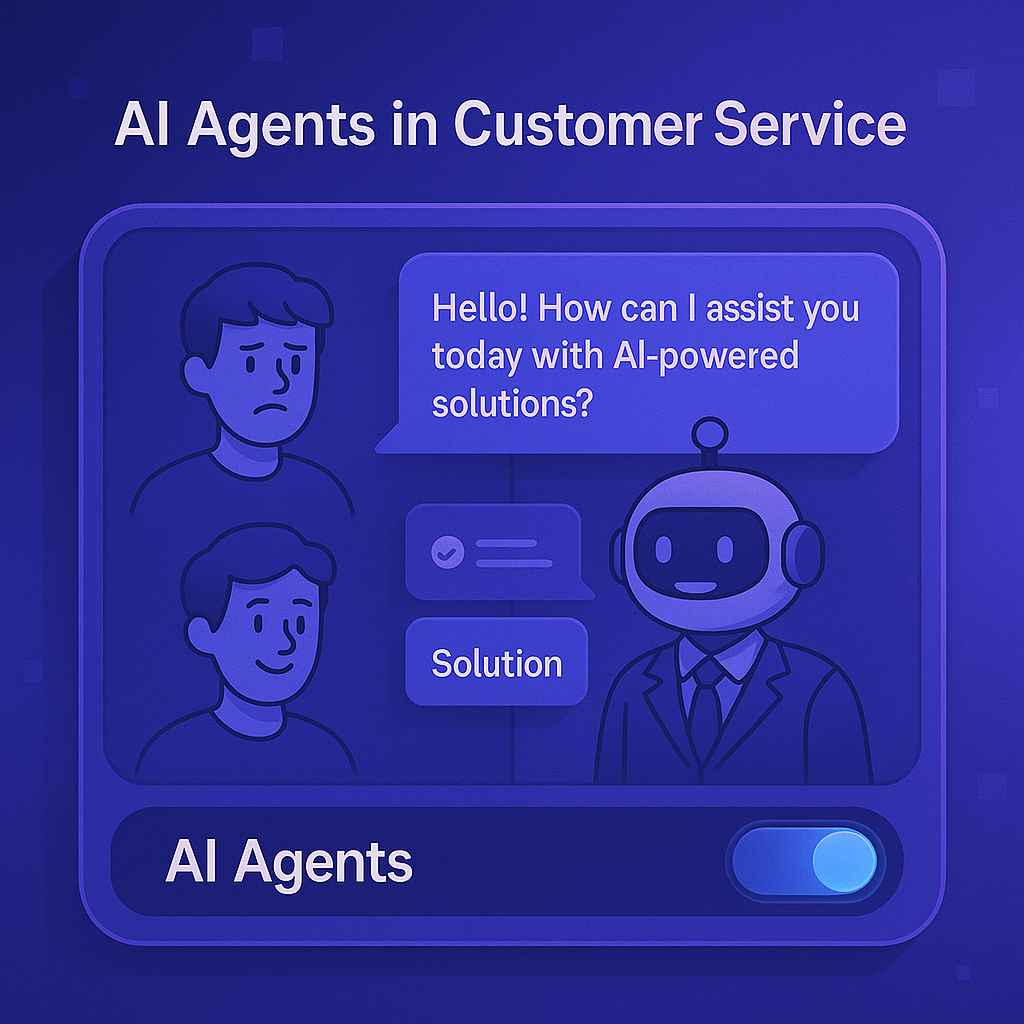AI Agents vs. Traditional Automation: What’s the Difference?
Imagine a global enterprise managing a complex network of suppliers, distributors, and customers. Traditionally, automation has been the backbone of such operations—think scheduled inventory checks, automated purchase orders, and rule-based customer service responses. These systems excel at predictable, repetitive tasks but struggle when faced with the unexpected: a sudden spike in demand, a supply chain disruption, or a customer with a unique request.
Now, envision the same enterprise powered by AI agents. Instead of rigid scripts, these intelligent systems predict demand shifts, dynamically adjust inventory, and even negotiate with suppliers in real-time. They don’t just follow rules—they learn, adapt, and make decisions, transforming operations from reactive to proactive.
In this post, we’ll explore how AI agents are redefining automation for enterprises, offering flexibility, intelligence, and scalability that traditional systems simply can’t match. Whether you’re optimizing supply chains or enhancing customer experiences, understanding the difference between these two approaches is key to staying competitive in today’s fast-paced business landscape.
What is Traditional Automation?
Traditional automation refers to systems that execute predefined tasks based on fixed rules or scripts. It’s the backbone of industries like manufacturing and logistics, where repetition and consistency are king.
Benefits of Traditional Automation
Efficiency: Speeds up repetitive tasks, reducing manual effort.
Consistency: Delivers the same output every time, minimizing human error.
Cost-Effective: Lowers labor costs for predictable, high-volume processes.
Limitations of Traditional Automation
Inflexibility: Can’t adapt to changes or unexpected scenarios without reprogramming.
No Learning: Doesn’t improve or evolve with experience.
Rule-Bound: Limited to following instructions, not making decisions.
Example: Picture an old-school customer service hotline. You’d call, hear a robotic voice, and press buttons to navigate a menu: “Press 1 for billing, 2 for support.” It worked—until your issue didn’t fit the script, leaving you stuck in a loop.
What are AI Agents?
AI agents are intelligent systems powered by artificial intelligence, leveraging tools like machine learning and natural language processing. They don’t just follow rules—they perceive, learn, and decide, adapting to new challenges on the fly.
Key Capabilities of AI Agents
Adaptability: Adjusts to new situations without human intervention.
Learning: Gets smarter over time by analyzing data and interactions.
Decision-Making: Handles complex scenarios by reasoning through data.
Human-Like Interaction: Understands and responds to natural language or visual cues.
Example: Now, imagine that same customer service scenario with an AI agent. You call or chat, say, “My internet’s down,” and the agent instantly grasps your issue, troubleshoots based on past data, and offers a fix—all in a conversational tone.
Key Differences Between AI Agents and Traditional Automation
Here’s a side-by-side look at what sets these two apart:
Flexibility:
Traditional Automation: Rigid; fails when faced with deviations.
AI Agents: Fluid; thrives in dynamic, unpredictable environments.
Learning:
Traditional Automation: Static; repeats the same process endlessly.
AI Agents: Evolving; refines its approach with every interaction.
Decision-Making:
Traditional Automation: Rule-follower; no judgment calls.
AI Agents: Decision-maker; weighs options and acts intelligently.
Interaction:
Traditional Automation: Basic and scripted; think clunky phone menus.
AI Agents: Natural and intuitive; like chatting with a smart assistant.
Data Handling:
Traditional Automation: Needs structured inputs to function.
AI Agents: Processes messy, unstructured data—like text or images—with ease.
Use Case Comparison: Customer Service
Let’s see these differences in action with a familiar example: customer service.
Traditional Automation in Customer Service
Back in the day, companies relied on Interactive Voice Response (IVR) systems. You’d call, hear a pre-recorded menu, and punch in numbers to get help.
How It Works: “Press 1 for billing, 2 for technical issues.” Follow the prompts, get a canned response or a transfer.
Downsides: Slow, frustrating, and useless if your problem didn’t match the options. No learning, no flexibility—just a script.
AI Agents in Customer Service
Today, AI-powered chatbots or virtual assistants handle the same task with a modern twist.
How It Works: You type or say, “I can’t log into my account.” The AI understands, asks clarifying questions, and either resolves it or escalates—learning from each exchange.
Upsides: Fast, conversational, and adaptable. It handles unique issues and improves over time.
In this use case, traditional automation feels like a relic—functional but limited—while AI agents deliver a seamless, personalized experience.
Thinking of upgrading your operations or curious about what AI agents can do for you? Reach out to explore how they can elevate your business or personal experiences.
Contact us now and get your AI Agents ready!



